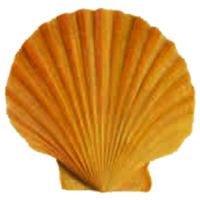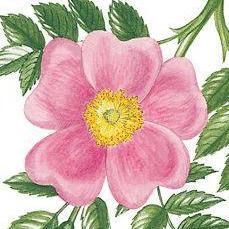45 minutes ago, Rajala said:
Yeah, it's a demisphere. When you mention it, I never had as much chocolate showing on the edge as with this one. I thought it might've been that I scraped some of etc, but it doesn't seem to be the case - and the suggestion I got was that small amount of chocolate manages to get between the mould and the chocolate shell. It kind of make sense, and if you look at the picture below (right side), you can actually see that there's a small layer of chocolate on the edge of the shell.
I am not clear on what you mean by "small amount of chocolate manages to get between the mould and the chocolate shell." Do you mean some chocolate gets between the polycarbonate and the colored cocoa butter? I don't see how that is possible. I have never seen the colored c.b. contract at all. The idea is that when you pour in the warm chocolate, it binds to the colors to form a unit. Maybe if your layer of c.b. is too thick, you could get a problem. In any case if there is contraction, I don't see how you would stop it, unless you make the chocolate shell so quickly that there is no time for contraction--but you already said you had that advice. If you have more pieces, you might try carefully scraping off the chocolate that is showing at the edge and see if there is c.b. behind it. If there is, we will know that that theory is correct. I don't have similar chocolates right now, so can't test it myself.





